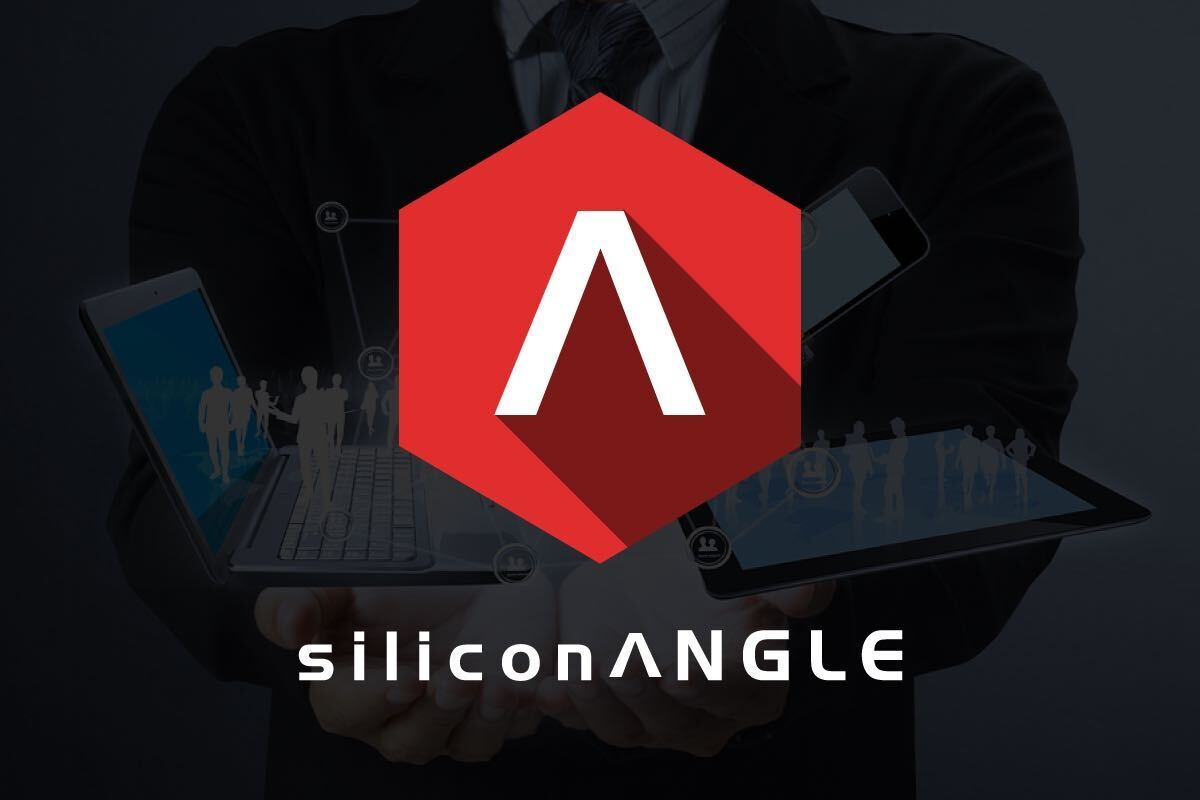


![]() HP Monday announced a major new commodity server line, designed for low-cost, low-power, low-cooling operations, and modeled after the custom-built hyperscale server architectures used by Google, Facebook, Yahoo!, and other very large Cloud-based companies. Each 4.3U chassis includes 45 server cartridges, a network switch, management components, dual power supplies and cooling fans.
HP Monday announced a major new commodity server line, designed for low-cost, low-power, low-cooling operations, and modeled after the custom-built hyperscale server architectures used by Google, Facebook, Yahoo!, and other very large Cloud-based companies. Each 4.3U chassis includes 45 server cartridges, a network switch, management components, dual power supplies and cooling fans.
One of the most interesting parts of the Moonshot announcement, writes Wikibon CTO David Floyer in his initial alert on the announcement, “HP Introduces New Blade Architecture with Emphasis on Low Power Modules”, is that HP is promising multiple cartridge types based on different commodity processors, all coming out of the consumer mobile device market. The initial cartridges, which are scheduled to ship immediately, are based on Intel ATOM. However, Intel rivals Texas Instruments and ARM, both major players in the smartphone/tablet market, also participated in the day-long announcement event in New York City April 8, and HP promises cartridges based on processors from both, optimized for different compute loads.
That is good news, Floyer writes, because HP is going to need them, and in particular a 64-bit ARM processor. Although HP is talking about a 32-bit ARM cartridge, he says, “64-bit support is going to be essential for the server market, as it will allow much easier porting of Linux, hypervisor, and application code.” And while the Intel S1260 Atom chipset is a 64-bit processor, the 64-bit ARM modules “could be very performance, cost, and power effective compared with Intel chipsets.
In general high performance options were missing from the announcement. Lower-performance processors are adequate for some common applications such as Web serving, many workloads, particularly large databases, require much higher performance. One big question, he says in his Breaking Analysis interview on Moonshot on SiliconAngle.tv, is exactly what market HP is focused on with this announcement. Moonshot is a hyperscale-like architecture with its use of low-cost, commodity components. However, in its first iteration with the Intel Atom chip, it falls short of the “whitebox” ODF systems being used by Facebook, Google, Yahoo!, etc., in both power and price. “They need to get more aggressive with the ARM processors and get more processors in a rack” to compete in that market, he says. Even then, however, Moonshot is a single-vendor architecture. “Facebook, for example, has defined specific configurations [for ODF hyperscale processors]. So has OpenStack as well. In general the hyperscale people don’t like anything with a specific design from a single manufacturer. They like open competition.
HP’s real strategy, he suggests, is to protect its existing enterprise space from the ODF manufacturers. “To that extent, I think they can be successful. They have enterprise-level support and testing, they will have the normal high-quality HP products for the enterprise market.” However, even there, HP needs cartridges built around the much more powerful 64-bit ARM chips expected to enter the market in 3Q13-1Q14. “That to me is the key technology that will make Moonshot the new 1500 chassis from HP. It will be much easier to port Linux, the hypervisor, and application code.”
Like all Wikibon research, this Alert is available in full without charge on the Wikibon Web site. IT professionals are invited to register to join the Wikibon community. Membership allows them to post their own questions, tips, and research, as well as comment on published research on the site. Members also receive invitations to the periodic Peer Incite Meetings at which their peers present on how they are using advanced technologies to solve business and technical challenges.
Support our mission to keep content open and free by engaging with theCUBE community. Join theCUBE’s Alumni Trust Network, where technology leaders connect, share intelligence and create opportunities.
Founded by tech visionaries John Furrier and Dave Vellante, SiliconANGLE Media has built a dynamic ecosystem of industry-leading digital media brands that reach 15+ million elite tech professionals. Our new proprietary theCUBE AI Video Cloud is breaking ground in audience interaction, leveraging theCUBEai.com neural network to help technology companies make data-driven decisions and stay at the forefront of industry conversations.